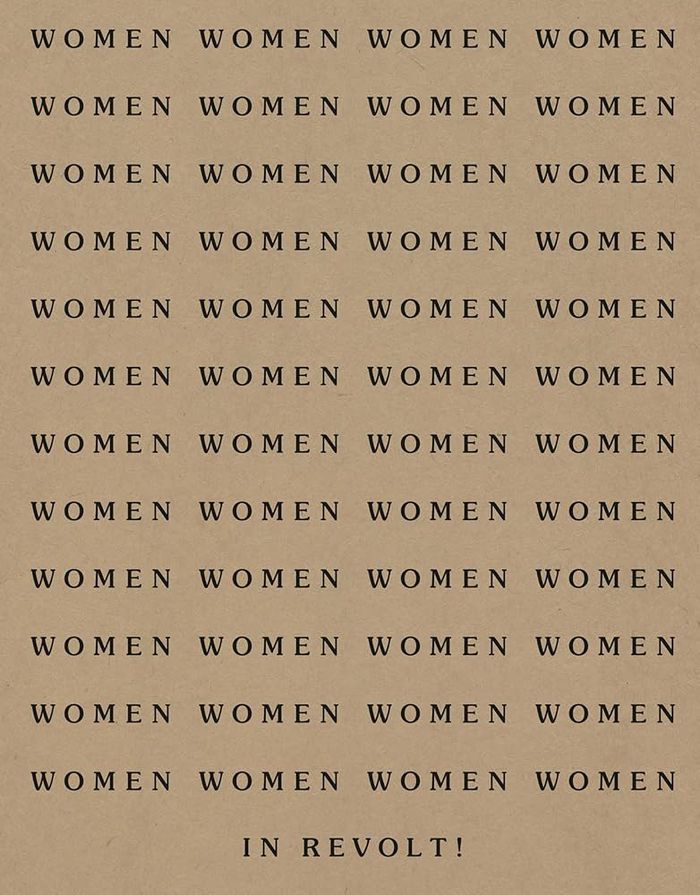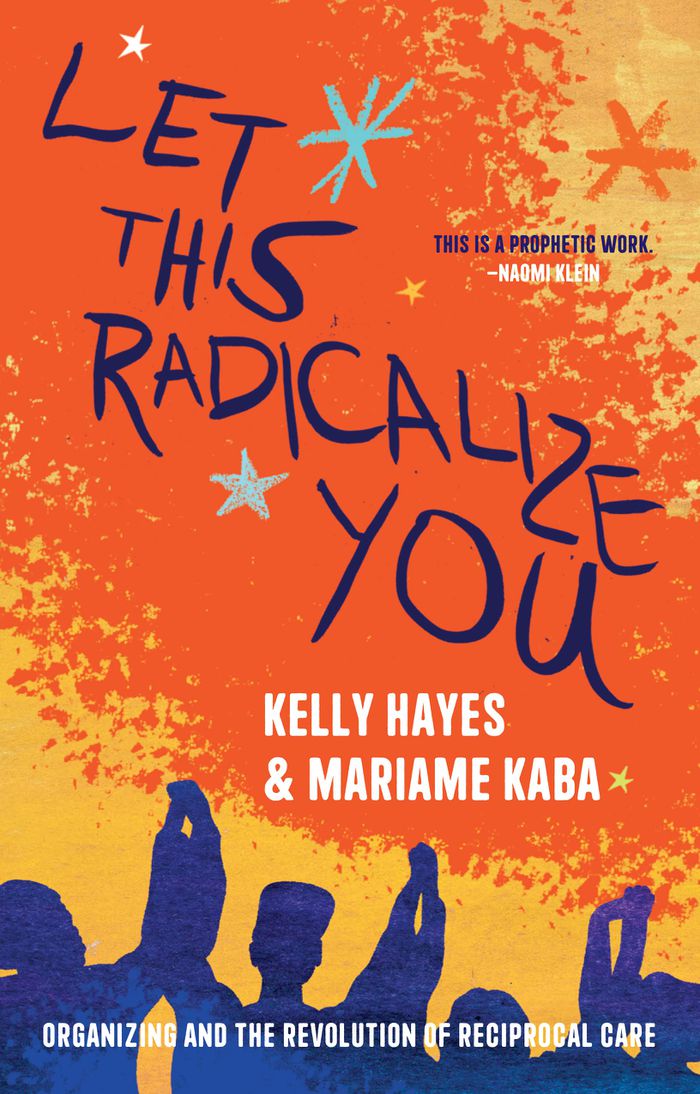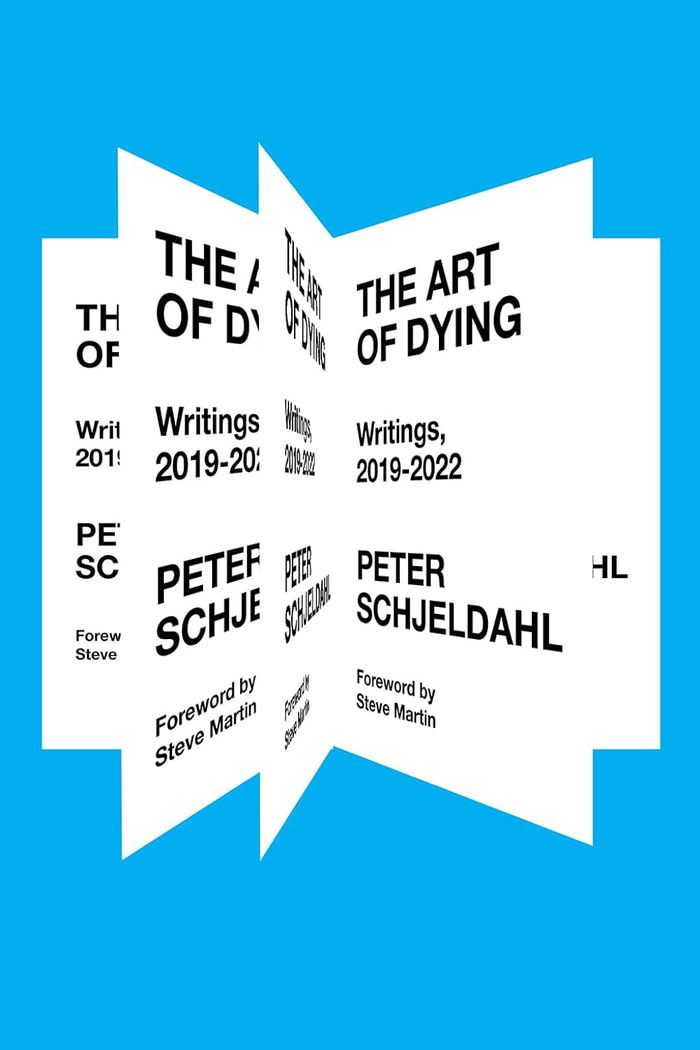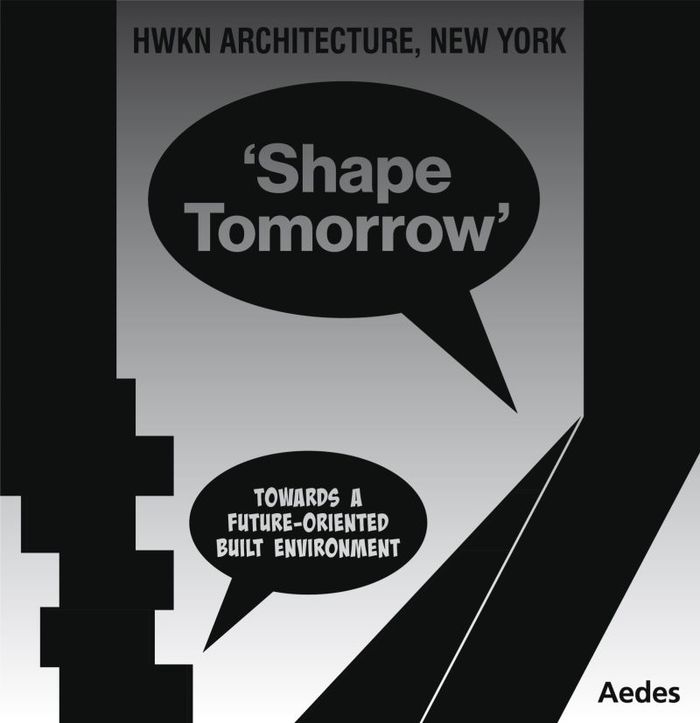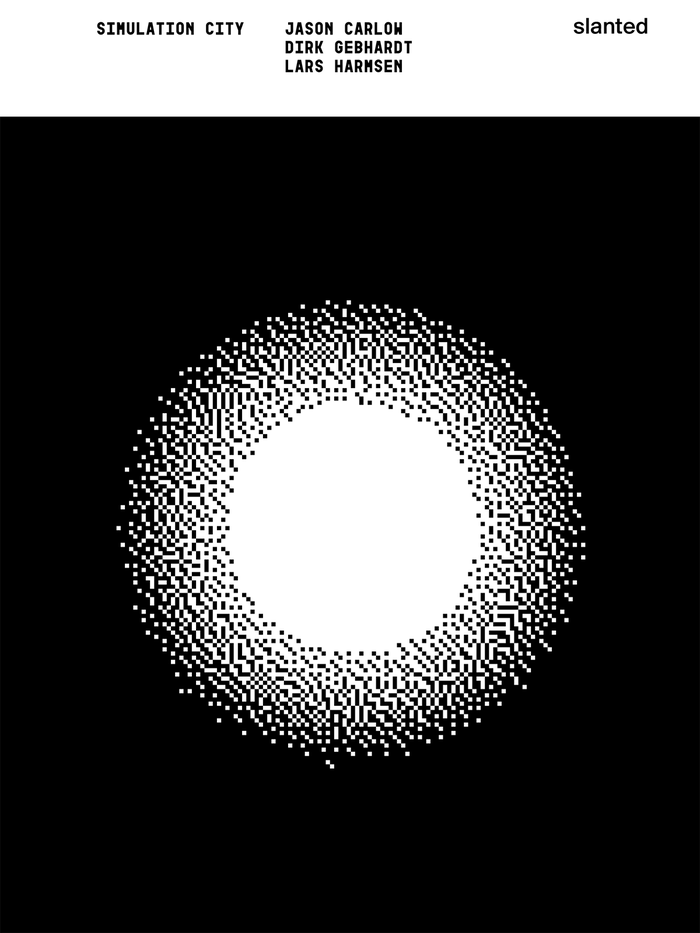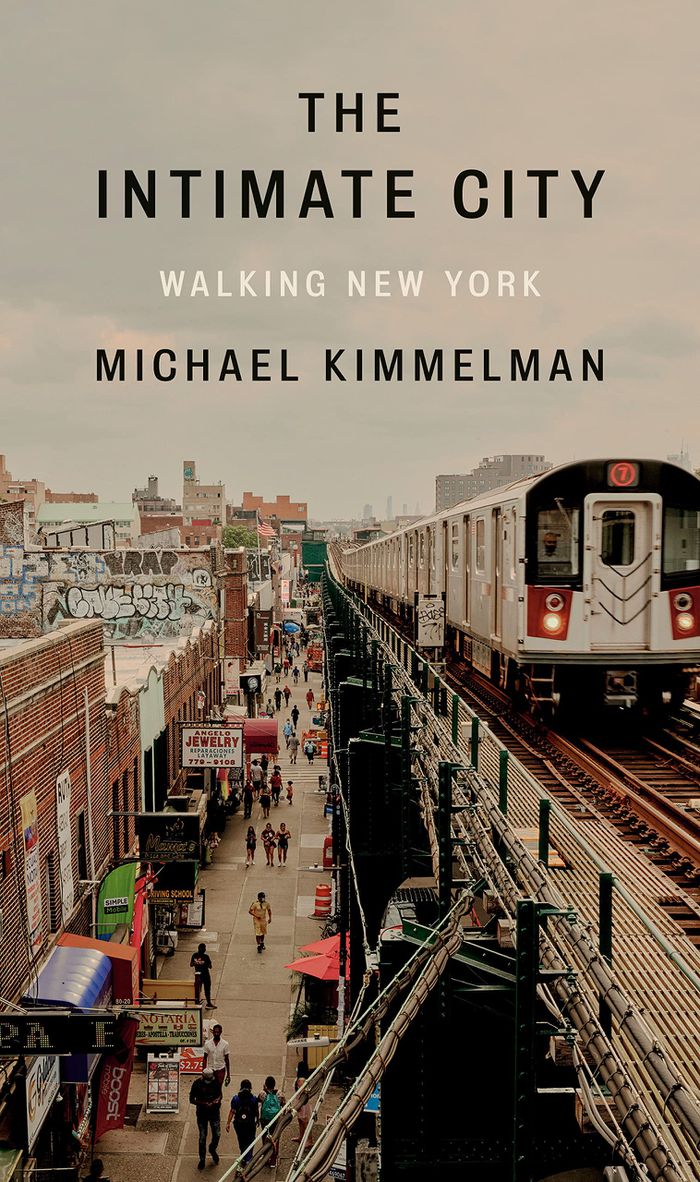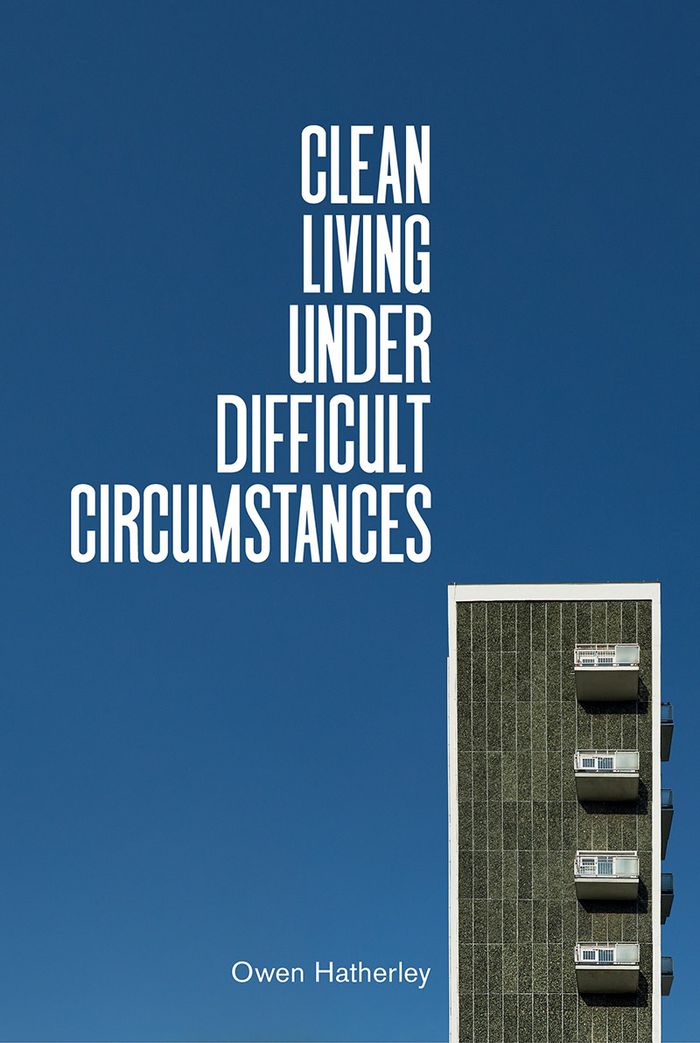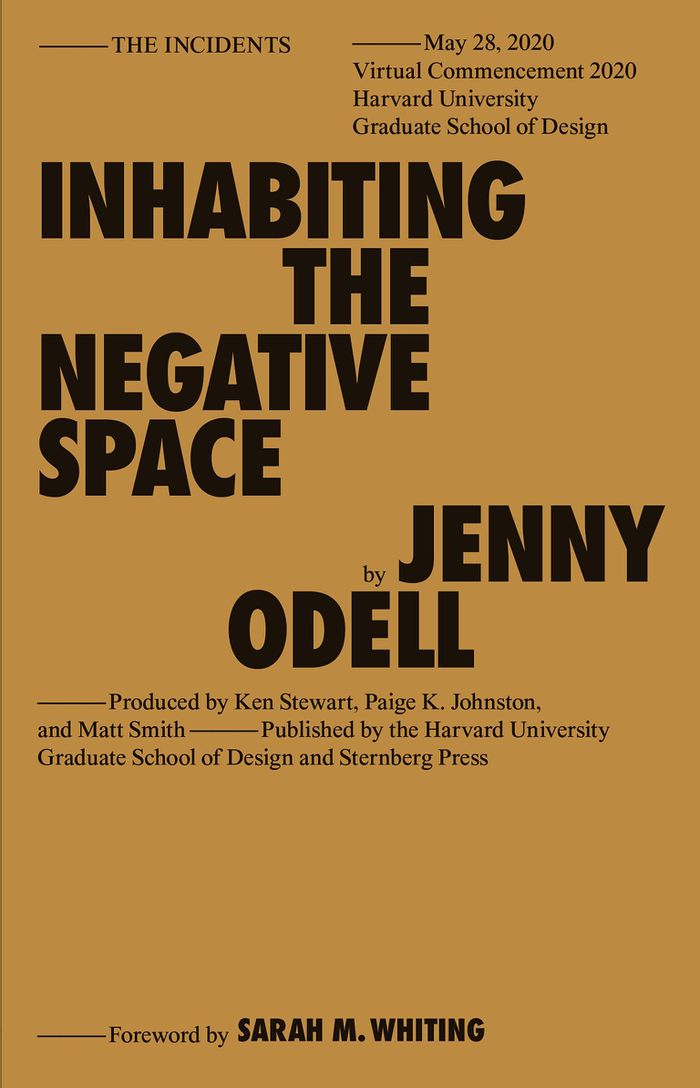$32.00
(disponible en magasin)
Résumé:
In a new series of original texts for Drawing Matter, artist Deanna Petherbridge provides commentary on a number of her recent pen and ink drawings. The drawings use imagined architectural imagery as a metaphorical means to deal with complex subject matter about social and political issues. Since her initial response to civil war, destroyed cities and enforced migrations(...)
Deanna Petherbridge: Drawing as metaphor
Actions:
Prix:
$32.00
(disponible en magasin)
Résumé:
In a new series of original texts for Drawing Matter, artist Deanna Petherbridge provides commentary on a number of her recent pen and ink drawings. The drawings use imagined architectural imagery as a metaphorical means to deal with complex subject matter about social and political issues. Since her initial response to civil war, destroyed cities and enforced migrations through and out of Syria in the triptych ''The Destruction of the City of Homs'' Petherbridge has embarked on a series of multi-panelled drawings about migrations, walls and barriers and threatened institutions. Her commentary on ''Crossing the Abyss'' (2019) can be read in Drawing Matter’s ''Women writing architecture'' publication or online; this seminal drawing sparked off a series of related works. The Covid-19 pandemic has been her major preoccupation under lockdown, but Petherbridge is hoping that her latest on-going pieces reflecting on pollution, governmental controls and devastated landscapes prove to be the last in the series.
Women in revolt!
$63.00
(disponible en magasin)
Résumé:
''The Women in Revolt!'' exhibition book is a crucial exploration of the wealth and diversity of work by women artists working in the 1970s and 1980s during a period of seismic social and political change. Across a wide variety of mediums including painting, drawing, sculpture, performance, film and photography, this extensive exhibition catalogue reflects on how(...)
Women in revolt!
Actions:
Prix:
$63.00
(disponible en magasin)
Résumé:
''The Women in Revolt!'' exhibition book is a crucial exploration of the wealth and diversity of work by women artists working in the 1970s and 1980s during a period of seismic social and political change. Across a wide variety of mediums including painting, drawing, sculpture, performance, film and photography, this extensive exhibition catalogue reflects on how women's needs were marginalised within mainstream culture and reveals how artists used radical ideas and methods to confront issues that will resonate with contemporary audiences — from access to healthcare and class struggles to ecological disaster, racism and misogyny. Featuring essays on feminist film distribution, the visibility of Black and South Asian women artists, Section 28 and the AIDS pandemic, Greenham Common and the peace movement, and the intersection of punk, feminism and art, ''Women in Revolt!'' celebrates the full diversity of what was a highly creative, politically engaged and determined community of women that paved the way for future generations and, ultimately, changed the face of British culture.
Théorie de l’art
$27.95
(disponible en magasin)
Résumé:
What fuels and sustains activism and organizing when it feels like our worlds are collapsing? ''Let This Radicalize You" is a practical and imaginative resource for activists and organizers building power in an era of destabilization and catastrophe. Longtime organizers and movement educators Mariame Kaba and Kelly Hayes examine some of the political lessons of the(...)
Let this radicalize you: organizing and the revolution of reciprocal care
Actions:
Prix:
$27.95
(disponible en magasin)
Résumé:
What fuels and sustains activism and organizing when it feels like our worlds are collapsing? ''Let This Radicalize You" is a practical and imaginative resource for activists and organizers building power in an era of destabilization and catastrophe. Longtime organizers and movement educators Mariame Kaba and Kelly Hayes examine some of the political lessons of the COVID-19 pandemic, including the convergence of mass protest and mass formations of mutual aid, and consider what this confluence of power can teach us about a future that will require mass acts of care, rescue and defense, in the face of both state violence and environmental disaster. The book is intended to aid and empower activists and organizers as they attempt to map their own journeys through the work of justice-making. It includes insights from a spectrum of experienced organizers, including Sharon Lungo, Carlos Saavedra, Ejeris Dixon, Barbara Ransby, and Ruth Wilson Gilmore about some of the difficult and joyous lessons they have learned in their work.
Expositions en cours
$38.00
(disponible en magasin)
Résumé:
When the New Yorker art critic Peter Schjeldahl published his widely read autobiographical essay "The art of dying" in December 2019, he reported that he had lung cancer and his oncologist had given him six months to live, but his experimental treatment was showing some improvement. "These extra months," he wrote, "are a luxury that I hope to have put to good use.” And he(...)
The art of dying: Writings 2019-2022
Actions:
Prix:
$38.00
(disponible en magasin)
Résumé:
When the New Yorker art critic Peter Schjeldahl published his widely read autobiographical essay "The art of dying" in December 2019, he reported that he had lung cancer and his oncologist had given him six months to live, but his experimental treatment was showing some improvement. "These extra months," he wrote, "are a luxury that I hope to have put to good use.” And he did. "The art of dying: Writings, 2019-2022" begins with that essay and collects all 46 pieces that he wrote for the magazine before his death in October 2022. These last works express Schjeldahl’s hard-won reflections on art and life, against the backdrop of an intensely anxious period in America, spanning the pandemic, the George Floyd protests, the 2020 presidential election, and the war in Ukraine. Schjeldahl, who was the leading art writer of his generation, wrote with generosity and openness about the art world during these tempestuous three years.
Théorie de l’art
$23.00
(disponible en magasin)
Résumé:
German architect Matthias Hollwich and his New York-based firm HWKN have been dedicated to pioneering projects for over a decade, earning them a rank in Fast Company’s world’s Top 10 Most Innovative Architects. Most recently, Hollwich provoked with his publication New Aging: Live Smarter Now to Live Better Forever by turning stereotypical outdated building typologies(...)
Shape tomorrow: towards a future-oriented built environment
Actions:
Prix:
$23.00
(disponible en magasin)
Résumé:
German architect Matthias Hollwich and his New York-based firm HWKN have been dedicated to pioneering projects for over a decade, earning them a rank in Fast Company’s world’s Top 10 Most Innovative Architects. Most recently, Hollwich provoked with his publication New Aging: Live Smarter Now to Live Better Forever by turning stereotypical outdated building typologies ''upside down'' to make aging a graceful and fulfilling aspect of our lives through designed spaces. HWKN combines American ambition with German precision, offering possibilities for a future-oriented built environment – with a special commitment to use architectural form to put people in the focus and promoting social interaction. The diverse and wide-ranging portfolio includes various new neighbourhoods and buildings – from retail spaces, pop-up installations to residential and commercial schemes in the USA, the Middle East as well as in Germany, where inspiring office buildings are currently being realised in Munich and Bochum. ''Shape tomorrow'' stems from HWKN’s past explorations and their response to the Covid-19 pandemic.
Architecture contemporaine
Simulation city
$42.95
(disponible en magasin)
Résumé:
Dubai, in its newness, has redefined the notion of authenticity: city and spectacle have been intertwined. Mall culture, airports, and theme parks may seem strange and vacuous in other cities, but in Dubai, they are the essence of life. Shortly before the outbreak of the global pandemic, Dirk Gebhardt and Lars Harmsen visited Dubai. Nowhere in the world had they seen(...)
juillet 2022
Simulation city
Actions:
Prix:
$42.95
(disponible en magasin)
Résumé:
Dubai, in its newness, has redefined the notion of authenticity: city and spectacle have been intertwined. Mall culture, airports, and theme parks may seem strange and vacuous in other cities, but in Dubai, they are the essence of life. Shortly before the outbreak of the global pandemic, Dirk Gebhardt and Lars Harmsen visited Dubai. Nowhere in the world had they seen drama and comedy so powerfully together as in Dubai’s theme parks. In the drive to bring more tourists to the UAE, develop the real estate industry, and retain a huge labor force of expatriate workers, Dubai itself resembles and operates in many ways like a theme park. In his essay Simulation City: The Theming of Dubai Jason Carlow explores the uncanny atmosphere of spectacle, spatial control, and remarkable societal and cultural overlaps and adjacencies that have become an integral part of life for many residents of and visitors to contemporary Dubai.
$40.00
(disponible sur commande)
Résumé:
As New York came to a halt with COVID, Michael Kimmelman composed an email to a group of architects, historians, writers, and friends, inviting them to take a walk. What began with a lighthearted trip to explore Broadway’s shuttered theater district and a stroll along Museum Mile when the museums were closed soon took on a much larger meaning and ambition. These intimate,(...)
The intimate city: Walking New York
Actions:
Prix:
$40.00
(disponible sur commande)
Résumé:
As New York came to a halt with COVID, Michael Kimmelman composed an email to a group of architects, historians, writers, and friends, inviting them to take a walk. What began with a lighthearted trip to explore Broadway’s shuttered theater district and a stroll along Museum Mile when the museums were closed soon took on a much larger meaning and ambition. These intimate, funny, richly detailed conversations between Kimmelman and his companions became anchors for millions of Times readers during the pandemic. The walks unpacked the essence of urban life and its social fabric—the history, plans, laws, feats of structural engineering, architectural highlights, and everyday realities that make up the city. Filled with stunning photographs documenting the city during the era of COVID, this book is the ultimate insider’s guide. A kaleidoscopic portrait of an enduring metropolis, it reveals why New York continues to inspire and to mean so much to those who call it home and to countless others.
Trajets
$39.95
(disponible sur commande)
Résumé:
From the grandiose histories of monumental state building projects to the minutiae of street signs and corner cafés, from the rebuilding of capital cities to the provision of the humble public toilet, "Clean living under difficult circumstances" argues for the city as a socialist project. This essay collection spans a period from immediately before the 2008 financial(...)
Clean living in difficult circumstances
Actions:
Prix:
$39.95
(disponible sur commande)
Résumé:
From the grandiose histories of monumental state building projects to the minutiae of street signs and corner cafés, from the rebuilding of capital cities to the provision of the humble public toilet, "Clean living under difficult circumstances" argues for the city as a socialist project. This essay collection spans a period from immediately before the 2008 financial crash to the year of the pandemic. Against the business-as-usual responses to both crises, Owen Hatherley outlines a vision of the city as both a venue for political debate and dispute as well as a space of everyday experience, one that we shape as much as it shapes us. Incorporated here are the genres of memoir, history, music and film criticism, as well as portraits of figures who have inspired new ways of looking at cities, such as the architect Zaha Hadid, the activist and urbanist Jane Jacobs, and thinkers such as Mark Fisher and Adam Curtis. Throughout these pieces, Hatherley argues that the only way out of our difficult circumstances is to imagine and try to construct a better modernity.
Théorie de l’urbanisme
$24.00
(disponible sur commande)
Résumé:
Artist and writer Jenny Odell hadn’t originally planned to deliver the Harvard University Graduate School of Design’s 2020 Class Day Address from her living room. But on May 25, 2020, there was Jenny, framed by a rose garden in her Zoom background, speaking to an audience she could not see about the role of design in a suspended moment marked by uncertainty in a global(...)
Inhabiting the negative space
Actions:
Prix:
$24.00
(disponible sur commande)
Résumé:
Artist and writer Jenny Odell hadn’t originally planned to deliver the Harvard University Graduate School of Design’s 2020 Class Day Address from her living room. But on May 25, 2020, there was Jenny, framed by a rose garden in her Zoom background, speaking to an audience she could not see about the role of design in a suspended moment marked by uncertainty in a global pandemic. Odell’s message, itself a timely reflection on observation, embraces the standstill and its potential to deepen and expand our individual and collective attention and sensitivity to time, place, and presence–in turn, perhaps, enabling us all, amid our "new" virtual contexts, to better connect with our natural and cultural environments. Odell unspools this hopeful meditation in "Inhabiting the Negative Space," where periods of inactivity become reimagined not as wasted time but fertile spaces for a kind of design predicated less on relentless production and more on permitting a deeper, more careful look at what exactly is demanding or tapping our time and attention, and how we might use this strange moment in history to respond.
Social
$105.00
(disponible sur commande)
Résumé:
This book is an early vignette from Michael Kenna's far-reaching photographic odyssey. Some of these photographs, made almost forty years ago, are familiar, even famous, but many have never been seen before. They have been lying in wait, stored in a series of negative files. Normally, Kenna travels extensively and is not able to keep up with printing his extensive(...)
Michael Kenna: Northern England
Actions:
Prix:
$105.00
(disponible sur commande)
Résumé:
This book is an early vignette from Michael Kenna's far-reaching photographic odyssey. Some of these photographs, made almost forty years ago, are familiar, even famous, but many have never been seen before. They have been lying in wait, stored in a series of negative files. Normally, Kenna travels extensively and is not able to keep up with printing his extensive collection of negatives. It took the Covid pandemic and lockdown for him to search through his archives, rediscover these long-forgotten images, and print them in his darkroom. These photographs reveal a Northern England from Kenna's youth that, for the most part, no longer exists. From the Introduction. Michael Kenna was born in the small industrial town of Widnes in northwest England. The youngest of six children, Kenna grew up in a poor, working-class, Irish-Catholic family. He attended a seminary school for seven years with the intention of becoming a priest, after which he studied at the Banbury School of Art and later at the London College of Printing, before moving to the USA in the late seventies.
Monographies photo

